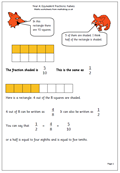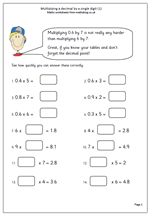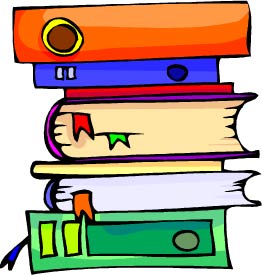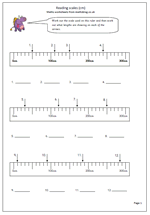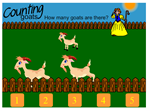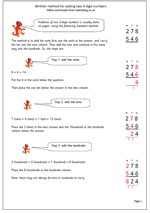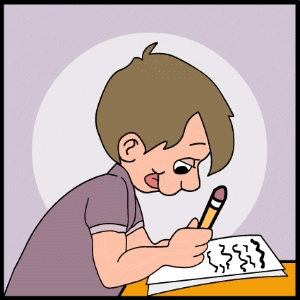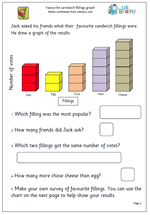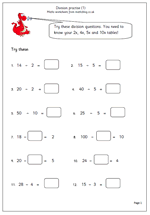Fractions form an important part of the maths for Year 4 children (aged 8/9) and often it turns out to be one of the hardest to get to grips with.
One important aspect of this is to identify equivalent fractions (in other words, that a half is the same as two quarters or four tenths is the same as two fifths etc.) This is usually introduced by using diagrams, but many children fail to see beyond the colouring of a diagram to the more abstract idea of equivalence.
Children will also work with mixed numbers, placing them on number lines and to identify pairs of fractions which total 1.
Another important skill is to recognise the equivalence between the decimals and fractions for simple fractions such as: 0.5 =a half, 0.25 = a quarter, 0.1 = a tenth and 0.01 = a hundredth.
I have published a number of worksheets to help with this and coverage is increasing steadily. Already there are pages on equivalent fractions, tenths, ordering fractions and much more. These can be found in the year 4 Counting and Number section of the site.
